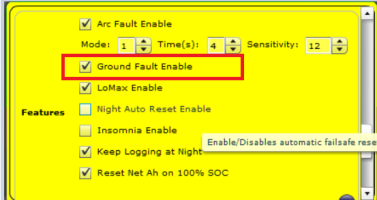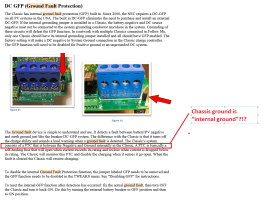Korishan
Administrator
- Joined
- Jan 7, 2017
- Messages
- 7,538
Is the conduit you laid PVC? I'm guessing so, as most installations are. However, would grounding the panels independently of the other equipment be sufficient? Meaning, drop a ground rod near the panels and attach them to it. Then have another rod at the equipment and attach the equipment to that one. I do know that there is potential difference in the wires if a grounding is too far apart. But the difference here should be very very small.I don't see being able to push a grounding conductor 20 feed through 4 90 degree turns
I do know on some builds where you have a barn or garage that far enough away from the house, it has it's own grounding rod. I am not sure, though, if the ground from the house is required to be bonded to the ground in the barn. With some installations, ground isn't needed as Neutral is there, and the ground is on site. However, this is all AC installations, not DC. And in some ways, they act very differently.
As far as pulling a ground wire through, you probably could try pushing a "fishing tape" through first. And then "pulling" the ground wire back through. There is no way you'll be able to push a wire through conduit that already had wires in it.





